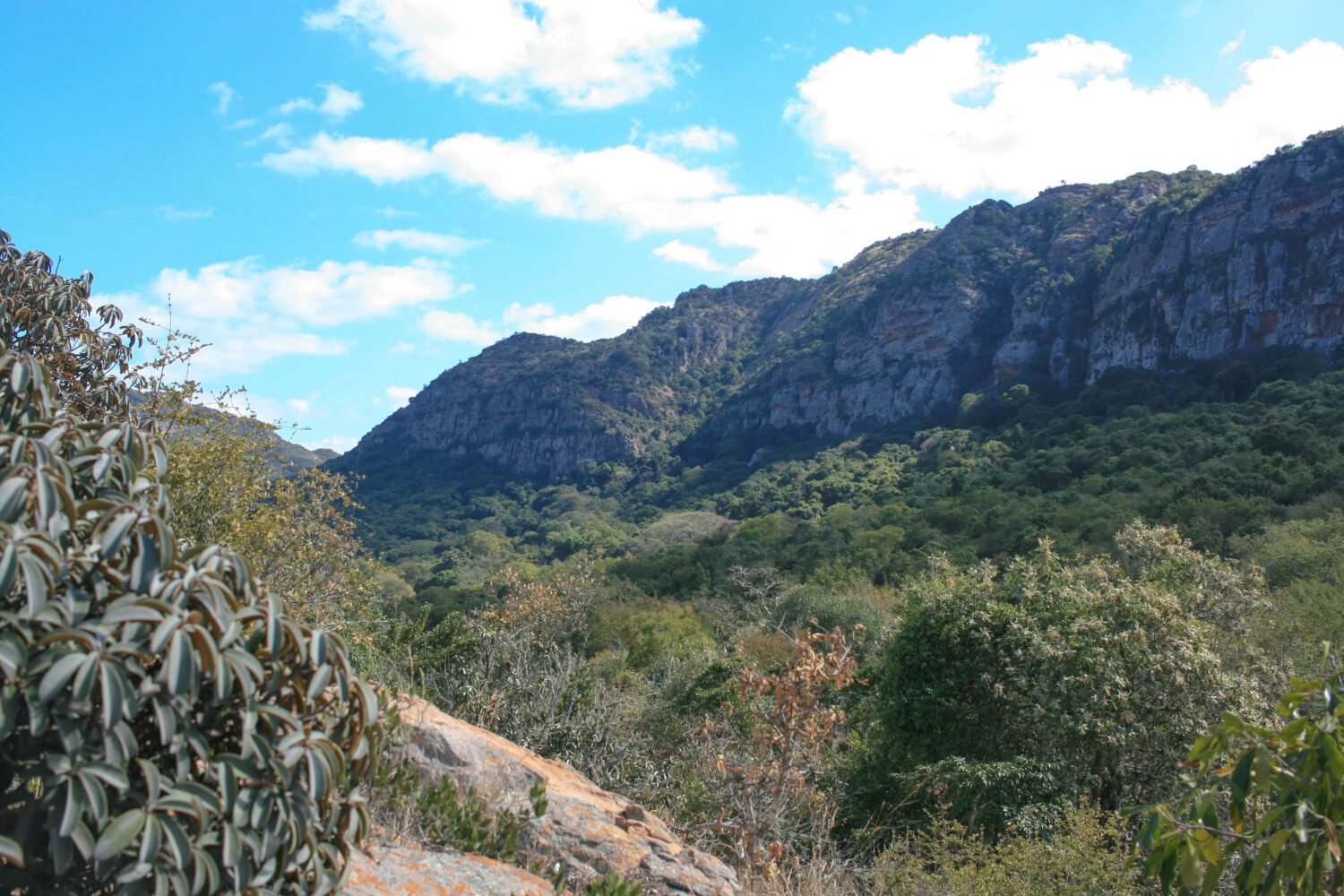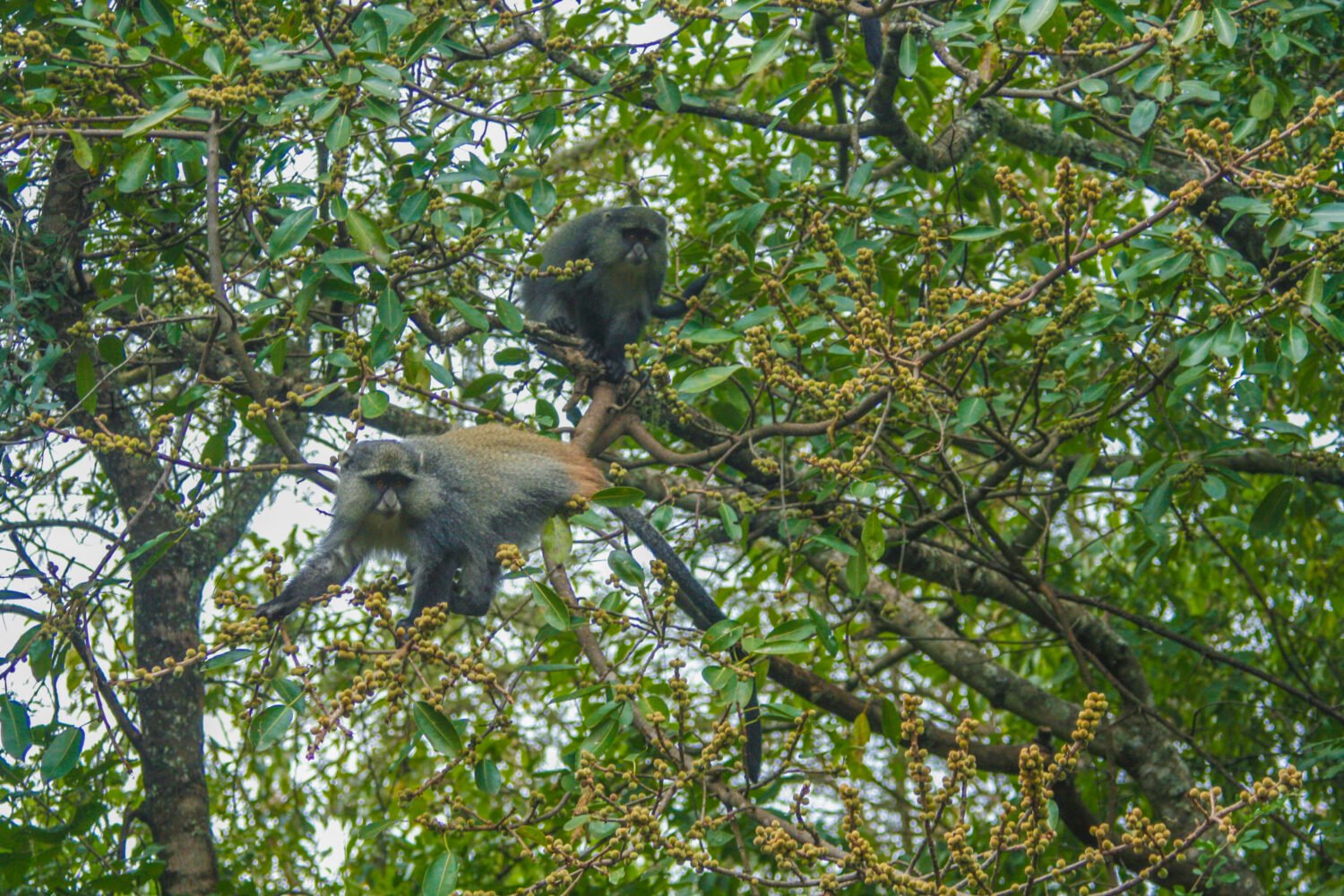Grantee Spotlight

Laura LaBarge is a PhD candidate at State University of New York at Buffalo. She received a Leakey Foundation research grant in 2018 for her project entitled “The ecology of fear in wild samango monkeys.”
The fear that predators inspire in their prey is a powerful force that can shape ecosystems and maintain biodiversity. These ecological cascades are often mediated by behavior – for instance, fear can drive where prey species choose to move and forage on the landscape. Yet, some of the most basic questions about this important species interaction are obscured in studies involving primates. Part of this stems from the typical way in which primates are studied – direct observation of habituated animals. Watching animals tolerant to human presence allows us to collect finely detailed data that would be otherwise impossible; but this comes at the cost of potentially veiling some of the effects of predation. Quite a bit of evidence now indicates that our presence alone – through tourism, research, or otherwise can scare some predators away. Moreover, many prey species may perceive this increase in safety around people in a phenomenon known as the “human-shield effect.”

The overall goal of my dissertation research was to better understand the behavioral effects of predation on wild primates, while taking into account potential effects of direct observation. To do this, I worked in collaboration with the Primate and Predator Project, a long-term research project located at the Lajuma Research Centre, where several species of primates and predators are studied concurrently in the Soutpansberg mountains. To conduct research that might better capture the effects of predation on these animals, I used a combination of long-term behavioral and ecological data, field experiments, and non-invasive collection of physiological data. My study subjects were two large groups of samango monkey (also known as Sykes’ monkey in other parts of Africa) that inhabit mistbelt forest and woodlands alongside potential predators such as crowned eagles and leopards.

Fieldwork for these projects finished in 2019 and I recently finished lab work funded by The Leakey Foundation to investigate whether differences in predation risk between periods where the samangos were unobserved versus followed all day might be apparent due to a “human shield.” I hypothesized that mean levels of hormonal metabolites often associated with environmental challenges could vary along with our follow schedule if perceived predation risk was higher during periods when the samangos were not around people. Results are pending, but because numerous variables like food availability, climate, and the presence of other competing groups could all plausibly affect baseline levels of the hormone we’re studying, it’s still uncertain what we will find.


